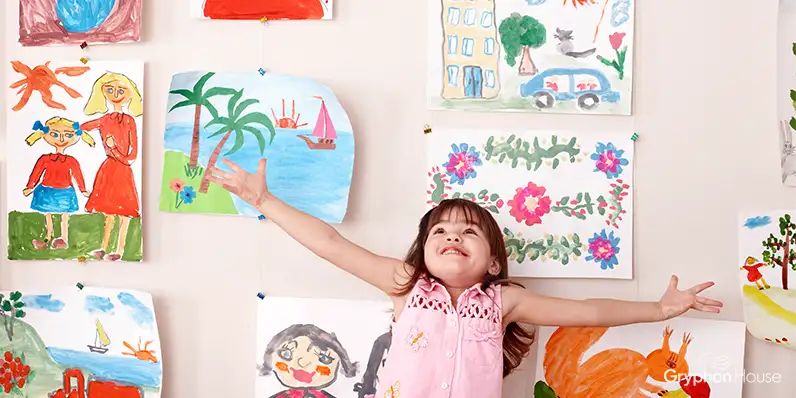Think of your favorite place. How do you feel there? What do you say, wear, and do? What do you think and believe about yourself, others, and life while you are there?
A space has no emotional connections, but a place is an area intertwined with emotional relationships and personal interactions. When a newlywed couple moves into their first home, it’s just a space with walls, doors, and windows. It becomes a place when the spouses add personal artifacts and make memories there.
We shape places based not just on our preferences but on our notions of how the environment should look and feel there. These ideas change depending on where people are. For example, someone who lives near the ocean might decorate her home with driftwood, sea glass, and seashells. On the other hand, these same beachy decorations would probably feel out of place in a Brooklyn brownstone.
So why don’t we perform this same shaping in early childhood classrooms? These rooms typically look the same across the United States; they don’t reflect their locations or the people who inhabit them daily. Educators need to create beautiful, respectful, meaningful classrooms—because these environments are more than just spaces to children. They are potential places, where learning can blossom.
For a classroom to become a place, children have to put their marks on it. They do so by using materials in their own ways and having rich conversations and interactions with other children and adults. When children reshape, reconfigure, and realign classroom spaces based on their own cultural perceptions and life experiences, they gain deep emotional connections with the environment. They make the classroom into a place that enables and encourages them to learn.
Want to transform your classroom space into a place for children? Check out Rethinking the Classroom Landscape: Creating Environments That Connect Young Children, Families, and Communities by Sandra Duncan, Jody Martin, and Rebecca Kreth. This book provides strategies for transforming classrooms by offering children empty areas, creating locations of refuge, placing lighting strategically, and much more!
Author(s)Rebecca Kreth, Jody Martin, Sandra Duncan
Brianna Blackburn
A graduate of Western Carolina University with a BA in English, Brianna served as a marketing and editorial Intern with Gryphn House in the Summer 2018.

